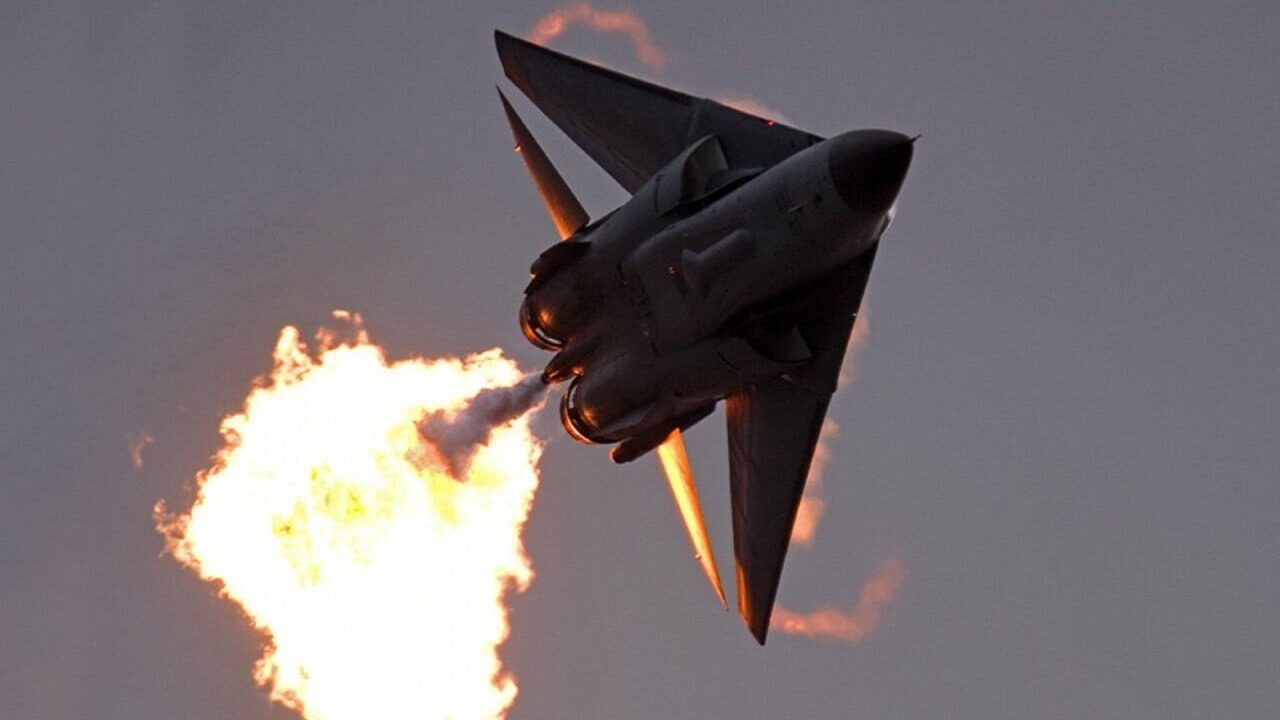F-111 Aardvark tactical fighter/bomber when launched in 1964, introduced a completely new set of technology. The name “Aardvark” is even an indication of a advanced technology, a type of battle terrain tracking technology software,
The F-111 was a supersonic medium-range, multi-role fighter aircraft that has served the United States Air Force for more than three decades, it was also in service with the Australian Air Force for more than fourty years.

The F-111 Aardvark tactical fighter was designed into different versions, “A” version for the airforce, “B” version for the navy, but the “B” version was cancelled before it entered mass production. Overall, the F-111A introduced various types of new technologies that have become standard features of many military aircrafts today.
Notably, the F-111 was the first “split-wing” aircraft to be put into mass production lines. The F-111 Aardvark wing design configuration is often compared with the Grumman F-14 Tomcat Carrier-Based Multirole Fighter. But it was the F-111 which debuted this technology.

These types of wings are also known as variable-sweep wings, these special aircrafts have the capability to move forward and backwards in midflight.
The effect is that an aircraft can access the benifits of both flat wing (high maneuverability at low speeds) and swept wing (supersonic speed) aircraft depending on the requirements of the mission at that time.
The F-111 wings are capable of moving between 16 degrees and 72.5 degrees.
Although, despite the benifits of the variable-sweep wing structures in aircrafts, this design has never became a major feature of the Aerospace Industry.
Despite this, several jets has used these types of wings structures, including the Rockwell B-1B Lancer, British Panavia Tornado, Tu-160, Tu-22M, Su-24, MiG-23, etc.

The F-111 also featured turbofan afterburners and terrain guidance systems, two features that became common in upcoming aircrafts of the next-generation.
Another important feature of the Aardvark which did not become popular, was the use of escape compartment instead of a simple ejection seat.
The escape compartment will push both operators of the aircraft out together, under the protection of a fixed cockpit, instead of shooting the pilots out of the cockpit as in most of the current fighter aircrafts.
When first launched, the F-111 introduced some new technology, but the jet is still reminiscent of the existing airframe: the A-6 Intruder, the F-111 has copied the A-6 pilot’s seat configuration, placing the two operators side by side instead of front and back.
And like the A-6, the F-111 was also able to perform great in all weather conditions.
Besides, the F-111 was also designed to operate behind enemy lines, it used to fly at low-altitudes and drop bombs on targets, the difference of course, is that the A-6 Intruder was a slow aircraft while the F-111 Aardvark was a very fast aircraft.
The beginning of the F-111 was very bad, in 1967, the USAF got its first F-111, the aircraft went on a combat mission in March 1967. That same month two F-111s crashed, but the debris could not be found and the reason of the aircrafts crash was unclear.

When the third F-111 crashed the following month, the culprit was finally discovered, a hydraulic control value for the horizontal stabilizer caused the warplane to spiral out of control, sending the plane into a difficult state, where the pilot could not recover.
From the faulty Aardvarks, 42 other F-111s were found to have the same design flaws, this problem kept the aircraft squadrons inactive for three years, it was not until 1971, that it took off again.
The F-111 then made a significant contribution in the first Gulf Wαя in 1991, performing bombing missions in Libya, etc. Before being replaced by the Stealthy F-117 Nighthawk.





